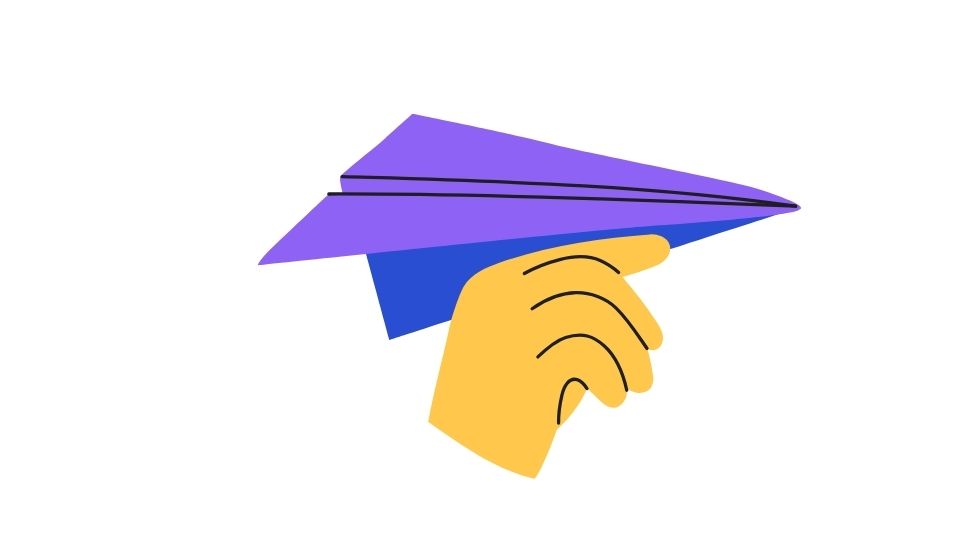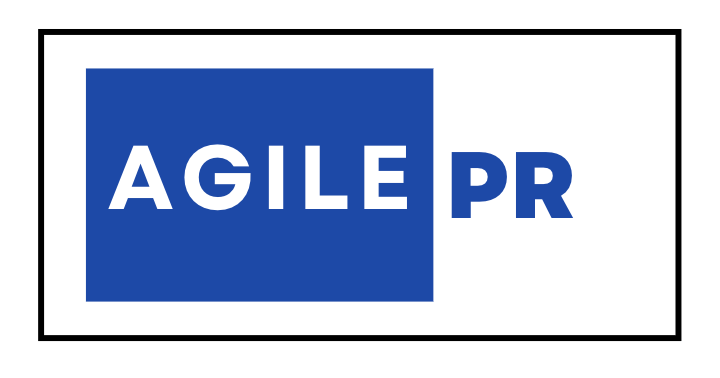Ever wonder why the economy seems to bounce between “we’re killing it” and “everything’s terrible” like your friend who can’t decide if they’re in love with their ex?
The business cycle isn’t just some boring economic concept – it’s the roller coaster we’re all riding whether we bought a ticket or not. And understanding how this crazy ride works might just help you keep your lunch down during the next unexpected drop.
Let’s break down what’s really happening in these economic ups and downs, and why the causes and effects are more like a tangled ball of Christmas lights than a simple chain reaction.
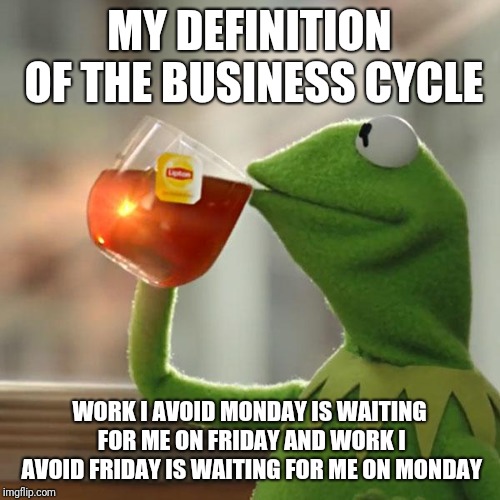
The Messy Reality of Economic Ups and Downs
The business cycle isn’t a neat, predictable pattern like clockwork. It’s more like weather forecasting – general patterns exist, but good luck predicting exactly when the storm hits or how bad it’ll be.
These cycles move through four main phases:
- Expansion (economy growing)
- Peak (the top before things start falling)
- Contraction (economy shrinking)
- Trough (the bottom before recovery begins)
But here’s the kicker: cause and effect in the business cycle are completely intertwined and feed back into each other. It’s not “A causes B” but more like “A causes B, which intensifies A, which then changes C, which circles back to affect A and B again.”
Think about it – businesses invest because the economy is growing, but that investment itself creates more growth. It’s like trying to figure out whether the chicken or egg came first, except with trillions of dollars at stake.
Why Economic Dominos Fall (Or Rise) Together
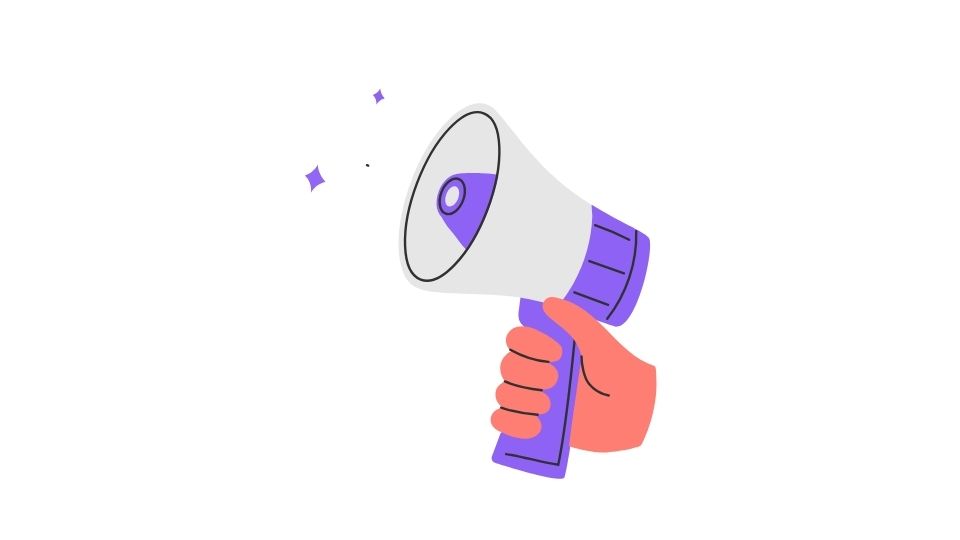
The Multiplier Effect: Small Changes, Big Impact
Ever thrown a pebble in water and watched the ripples spread? That’s the multiplier effect in action. When someone spends money, that money becomes someone else’s income, which they then spend, creating even more income for others.
The reverse is just as powerful. When companies cut jobs, those unemployed workers spend less, hurting other businesses, which then cut their own jobs and down we go!
The Accelerator Effect: Speed Matters
The economy is like a car – it’s not just about whether you’re moving forward, but how quickly. When growth speeds up, businesses rush to invest more. When it slows down (even if still growing!), they slam the investment brakes.
This is why small changes in economic speed can cause massive swings in investment and ultimately in the whole economy.
Credit: The Economic Fuel (or Fire Extinguisher)
Banks and lenders are like the bartenders of the economy – when they’re generous, the party gets wild. When they cut people off, everyone goes home.
During good times, credit flows freely, financing expansion. But when credit suddenly tightens – like during the 2008 financial crisis – the whole economy can crash as liquidity dries up faster than a puddle in the desert.
The Consumer Roller Coaster
Some purchases – like luxury items or big-ticket purchases – follow strong cyclical patterns. During good times, we’re all buying new cars and remodeling kitchens. During downturns, we’re driving that old beater for “just one more year” and patching up those cabinets instead.
These purchasing patterns amplify both booms and busts.
When Expectations Become Reality
One of the weirdest things about economics? What people think will happen can actually make it happen.
When businesses expect a recession, they cut investment and hiring, which helps cause a recession! When consumers expect inflation, they buy more now before prices rise, which causes more inflation!
This means the business cycle isn’t just about actual economic conditions but about what everyone believes about the future:
- If companies think the economy will boom, they’ll invest more, hire more, and help create that boom
- If banks think real estate will crash, they’ll tighten lending, which makes a crash more likely
- If the Federal Reserve signals interest rate cuts, markets might rally before a single rate actually changes
The expectations game means causality isn’t straightforward. Sometimes the effect shows up before the cause even happens!
How Different Causes Create the Economic Rollercoaster
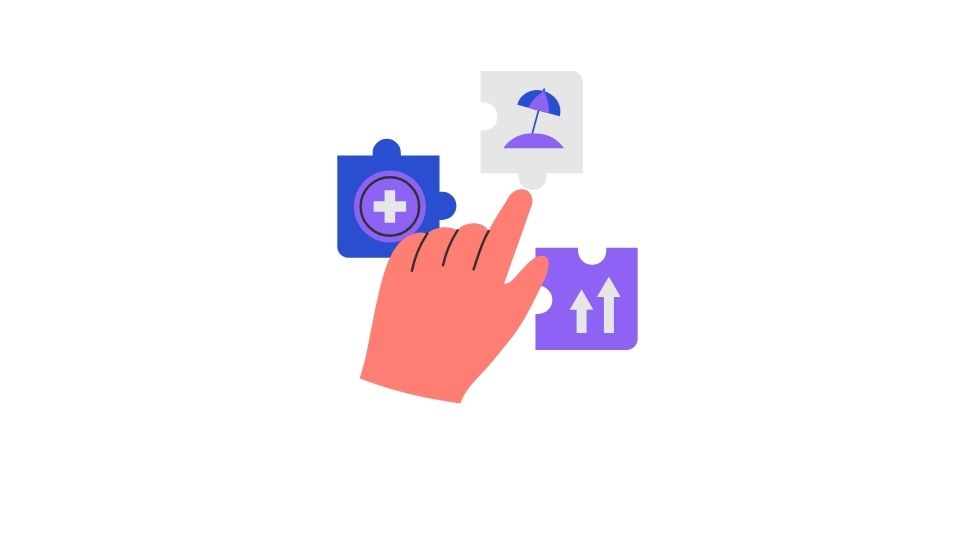
The cycle keeps going because all these factors feed into each other:
- A positive shock (like a new technology breakthrough or suddenly improved consumer confidence) increases spending
- Companies invest more to meet demand (accelerator effect)
- This creates more jobs and income, fueling even more spending (multiplier effect)
- BUT eventually the economy hits capacity limits
- Prices and wages rise, squeezing profits
- Credit conditions tighten as risks increase
- Investment and spending fall, triggering a downward spiral
- During the downturn, costs eventually fall enough that profitability returns
- The stage is set for the next expansion
Each of these cycles is unique, though. The dot-com bubble was different from the housing crisis, which was different from the pandemic recession. It’s like how all car accidents are car accidents, but the details matter a lot!
The Business Cycle: A Complex System, Not a Simple Machine
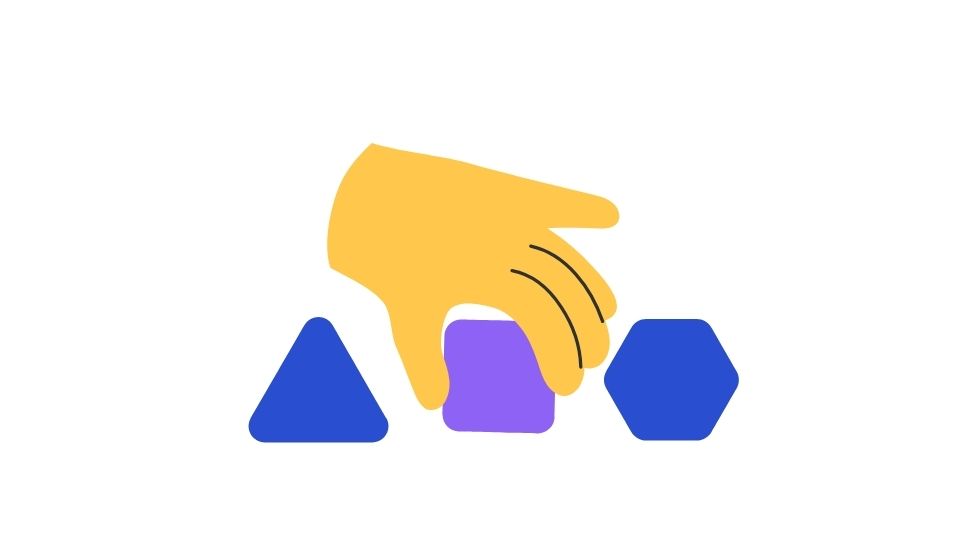
Putting it all together, economic cause and effect looks like:
- Complex and reciprocal – causes become effects and effects become causes in a never-ending loop
- Full of feedback loops – small changes get amplified through multiplier effects, credit conditions, and behavior changes
- Driven by expectations – what people think will happen changes what actually happens
- Shocked by unexpected events – pandemics, wars, technological breakthroughs can all disrupt the pattern
- Different every time – no two cycles follow the exact same script
This is why economists build complicated models and why economic forecasting is notoriously difficult. It’s like predicting the path of a hurricane – we understand the basic forces at work, but the exact trajectory depends on countless interacting factors.
What This Means For Real Life
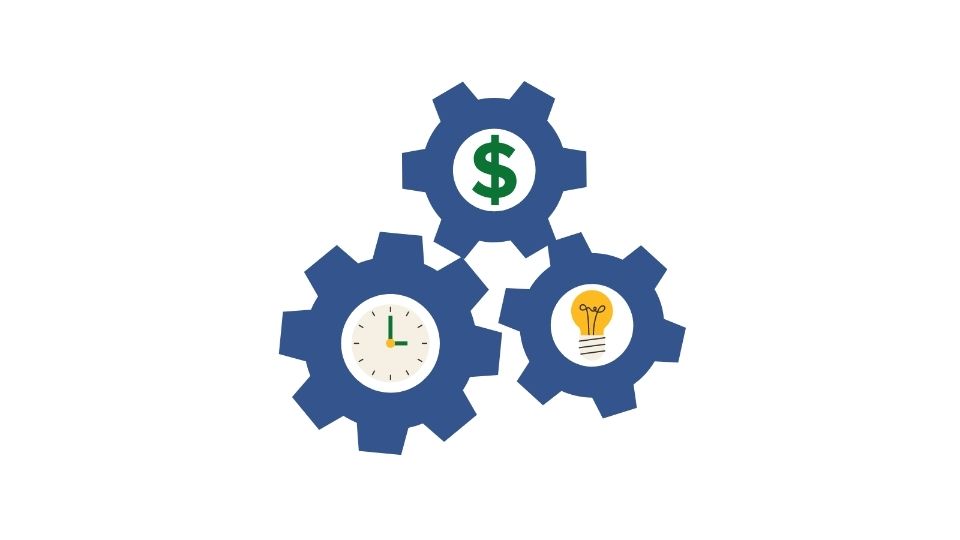
Understanding this messy cause-effect relationship has practical value:
- Watching credit markets can give early warning signs of trouble since tight credit can trigger or worsen recessions
- Clear communication from policymakers can actually change economic outcomes by shaping expectations
- Identifying early signs of economic acceleration or deceleration helps with timely intervention
- Building resilient economic policies means accepting that shocks are inevitable and planning for them
The bottom line? The business cycle isn’t some mysterious force of nature we can’t understand. But it’s also not a simple machine with predictable patterns. It’s a complex, interconnected system where everything affects everything else.
Understanding these connections doesn’t mean we can eliminate the business cycle. But it might help us manage it better – and maybe help you make smarter decisions about your own career, investments, and finances during the next inevitable economic twist and turn.

